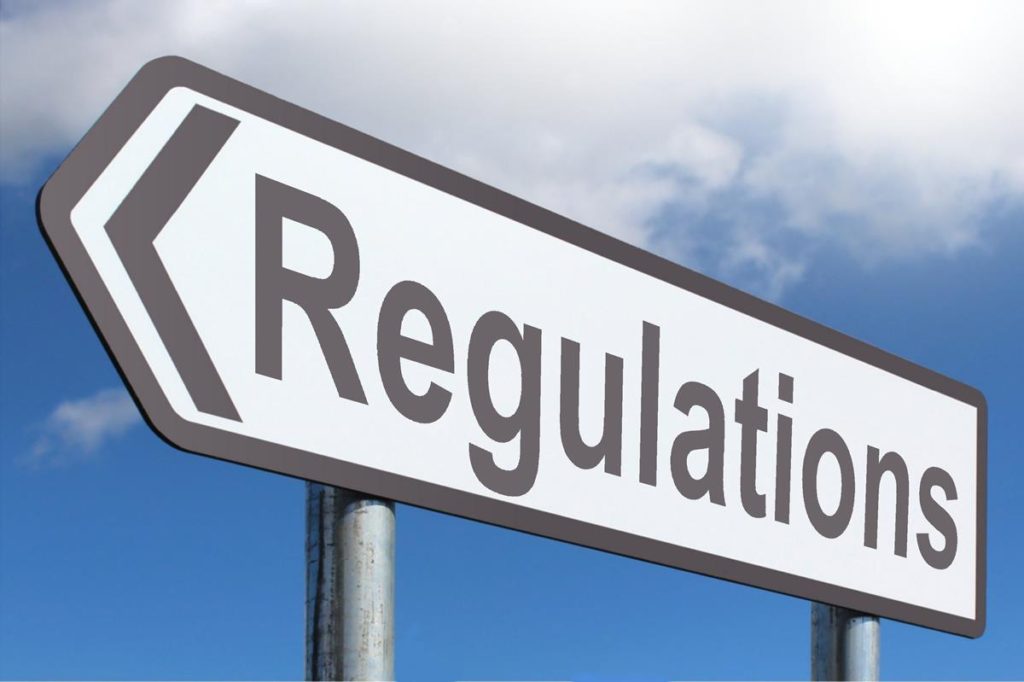The Ministry of Electronics and Information Technology (MeITY), last month, announced its draft Information Technology (Intermediary Guidelines and Digital Media Ethics Code) Rules, 2021, for social media platforms, Over-the-top players (OTT)and digital media. This comes at a time when there is a significant rise in Child Sexual Abuse Material, misinformation and hate speech. While they are well intended, there are aspects that must be considered in the interest of national security and privacy.
Social Media Platforms
As for social media platforms, the rules have categorized the platforms into significant intermediary and regular intermediary, with the former requiring to go through additional due diligence. This difference will be based on the user base. One of the additional compliances for significant intermediaries is tracking of the ‘first originator’ of the message. This would mean breaking end-to-end encryption for the platforms. This will impact the privacy, safety and security of the citizens and the national security of the State. Tracing the originator of content would not be possible without breaking end-to-end encryption, and his mandate must be reconsidered.
The savvy criminals will anyway shift to unregulated encrypted platforms while the citizens will be rendered vulnerable with insecure digital platforms susceptible to cyber attacks. TRAI in its recommendation to the DoT, last year, also advised against breaking encryption owing to the security challenges that it entails. Rather a streamlined mechanism should be prescribed for sharing limited meta-data between platforms and the law enforcement agencies per defined procedure which aligns with the norms prescribed in the Puttaswamy (right to privacy) case.
Moreover, the government is not empowered to introduce ‘traceability’ via section 79 which focuses only on safe harbour. The relevant provision would be section 84A of the IT Act but that too takes about prescribing norms for more secure digital communication and not weakening encryption by mandating traceability. In the absence of surveillance reforms or a robust data protection law, such a traceability mandate violates the right to privacy and free speech of users. Further, making safe harbour conditional to the requirement of AI enabled monitoring might lead to privacy challenges. This could lead to censorship by intermediaries. Also, automated tools which are not nuanced enough can impinge on free speech. The Dialogue’s comparative study of the platform regulation regime in the US and India, making safe harbour conditional to multiple legal requirements like proactive monitoring of CSAM would be counterproductive and lead to a deleterious impact on the digital ecosystem and user rights. Thus the government’s well-intentioned efforts for legitimate law enforcement needs must only be taken after due consultation of all stakeholders.
As for, small platforms that do not have the bandwidth to proactively monitor would face legal consequences or shut down. This can hamper ease of doing business.
The KYC like norms for accessing social media can be a challenge too for anonymous users and whistleblowers. It can be used to trace opinions of people. This can also lead to discrimination and curbing of rights if people opt out of the voluntary verification process.
OTT and Digital Media
The rules for the OTT platforms and digital media cover a broad range of players under its “applicable entities”. The earlier set of rules placed for public consultation made no mention of these provisions. The rules mandate platforms that ‘publish or intermediaries that transmit news and current affairs content’ qualify as applicable entities under this mandate and apply existing laws such as the Press Council Act, 1978 and Cable Television Networks Regulation Act, 1995 to them. It is a matter of concern as the language used in the definition is broad, vague and may have overarching implications. While digital media has to adhere to existing laws for conventional press, for “curated online content” it mandates content classification and to display such classification.
A three-tiered structure which includes self regulation by the entities; creation of a self regulation body for applicable entities, and, eventually an ‘oversight mechanism by the Central Government to enforce the said code has been proposed. While proposed guidelines are said to facilitate ‘soft touch regulation’ and promote ‘self regulation’, the Oversight Board’s power to “censor an entity” seems heavy-handed.
Undoubtedly, deploying appropriate regulatory measures in accordance with rule of law is critical to tackle those platforms that conform with the principles of the emerging online challenges. However, appropriate consultation with all the stakeholders and ensuring conformance of these rules with the powers conferred in the Parent Act and also with the overarching principles of Indian Constitutionalism is important to ensure accountability on part of the state agencies and reasonableness of the measures that restrict the right to free speech and privacy of the citizens.
